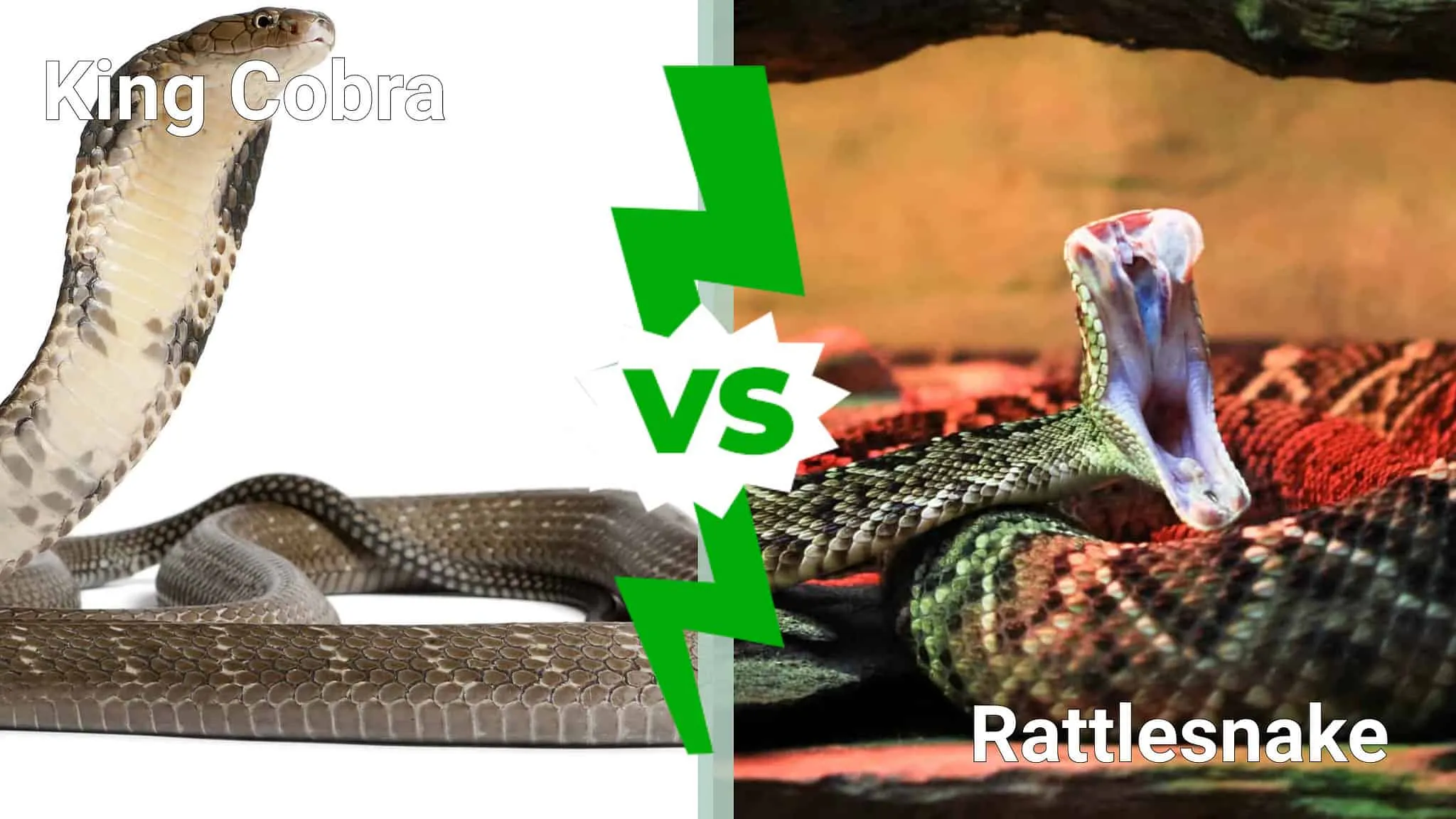King Cobra vs Tarantula Introduction
The natural world is filled with incredible battles for survival, and among the most fascinating are those between unlikely opponents. This article delves into a hypothetical but compelling scenario king cobra versus tarantula. These creatures, each a formidable predator in its own right, represent a clash of titans from different worlds. The king cobra, the world’s longest venomous snake, and the tarantula, a giant among spiders, present a captivating study in survival strategies, predatory techniques, and the raw power of nature. Understanding their characteristics, hunting styles, and defenses will help us to analyze a potential confrontation, and ultimately, speculate on who might emerge victorious in this epic struggle.
King Cobra The Apex Predator
The king cobra (Ophiophagus hannah) reigns supreme as the world’s longest venomous snake, often reaching lengths of up to 18 feet. Native to the forests of India and Southeast Asia, it is a highly intelligent and adaptable predator. Unlike many other snakes, the king cobra is not primarily a constrictor; instead, it uses its potent neurotoxic venom to paralyze and kill its prey. Its imposing size, aggressive nature, and potent venom make it a formidable opponent in any environment. The king cobra’s dominance is further solidified by its ability to consume other snakes, including venomous ones, and its highly developed sense of smell and sight, which allow it to effectively hunt in diverse terrains.
Physical Characteristics of the King Cobra
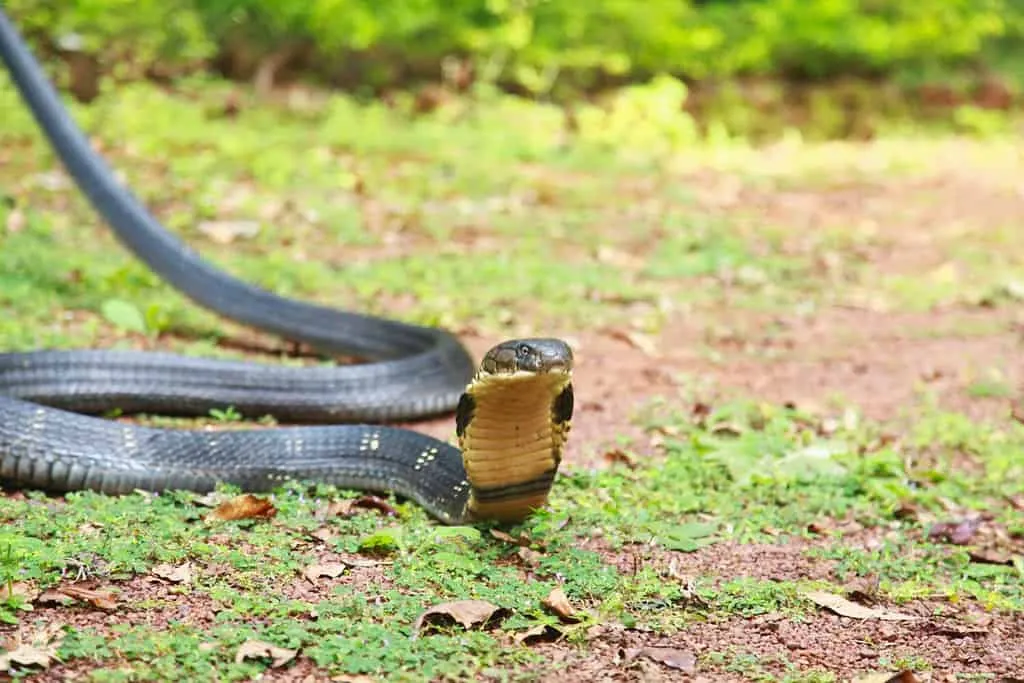
The king cobra is distinguished by its large size, a slender body, and a hood that it expands when threatened or excited. The hood, along with the snake’s distinctive markings, serves as a warning to potential predators. The snake’s scales are smooth, providing it with efficient movement through various terrains. Their coloration varies, often ranging from olive green to brown or black, which helps them to blend with their environment. Furthermore, they possess strong muscles and a powerful jaw, allowing them to overpower and consume their prey. Their fangs, which can be up to half an inch long, inject a significant dose of venom with each bite, immediately beginning the process of incapacitating the target.
King Cobra’s Hunting Techniques
King cobras are highly skilled hunters, primarily preying on other snakes. Their hunting strategy often involves tracking their prey through scent, using their forked tongue to gather information about the environment. They are also capable of ambush hunting, lying in wait until a suitable target comes within striking distance. Once within range, the king cobra strikes with incredible speed and accuracy, delivering a precise bite. The venom, a potent neurotoxin, rapidly affects the nervous system, causing paralysis and ultimately leading to the prey’s demise. The king cobra’s ability to inject a large volume of venom further ensures the quick incapacitation of its victim. The hunting capabilities of the king cobra are a testament to its evolutionary adaptations for survival.
King Cobra’s Venom and its Effects
The venom of the king cobra is a complex mixture of toxins, with neurotoxins being the primary components. These neurotoxins target the nervous system, blocking the transmission of signals between nerves and muscles. This leads to paralysis, affecting the prey’s ability to move and breathe. The venom also contains cytotoxins and cardiotoxins, which damage tissues and affect the heart. A bite from a king cobra can be fatal to humans in a matter of minutes if left untreated. The amount of venom injected can vary depending on the size of the snake and the nature of the attack, but even a small dose can be devastating. The speed and severity of the venom’s effects highlight the king cobra’s dominance in its ecosystem.
Tarantula A Mighty Arachnid
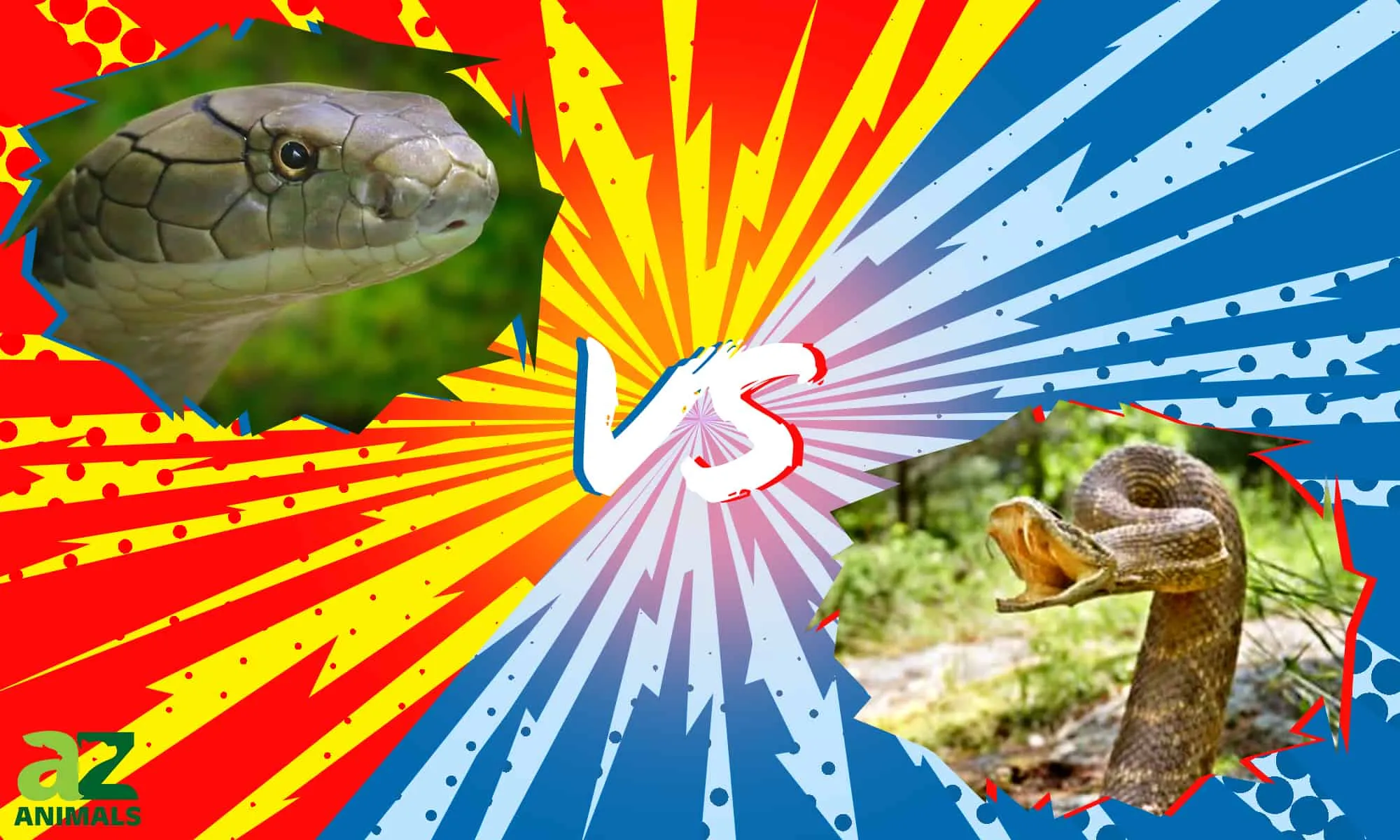
Tarantulas are large, hairy spiders belonging to the Theraphosidae family. They are found in various habitats around the world, from the deserts of the Southwestern United States to the tropical rainforests of South America. These spiders are known for their size, with some species having a leg span of over 10 inches. Tarantulas are ambush predators, relying on their camouflage and sensory abilities to detect prey. They are generally nocturnal hunters, using their fangs to inject venom, paralyzing their victims. While their venom is not typically lethal to humans, it can cause significant pain and discomfort. The tarantula’s resilience and hunting prowess make it a formidable adversary in its own right.
Physical Characteristics of the Tarantula
Tarantulas are characterized by their large size, hairy bodies, and eight legs. Their bodies are divided into two main parts the cephalothorax (fused head and thorax) and the abdomen. They possess chelicerae (fangs) that inject venom into their prey. Their bodies are often covered in urticating hairs, which they can flick off to deter predators. Their coloration varies widely, ranging from brown and black to vibrant hues depending on the species and habitat. These spiders also have specialized sensory organs, including sensory hairs that detect vibrations and changes in air currents, which aid in hunting and detecting threats. The physical attributes of the tarantula contribute to its hunting capabilities and defensive strategies.
Tarantula’s Hunting Techniques
Tarantulas are ambush predators, typically lying in wait for prey to come within striking distance. They use their sensory hairs to detect vibrations caused by passing insects, small animals, and other potential food sources. When prey approaches, the tarantula strikes with lightning speed, using its fangs to inject venom. The venom paralyzes the prey, allowing the spider to consume it at leisure. Tarantulas also use silk to line their burrows or create webs to capture prey. Their patience, camouflage, and precision make them effective hunters. The spider’s ambush style is a testament to its evolutionary adaptations for survival in diverse environments.
Tarantula’s Defenses Against Predators
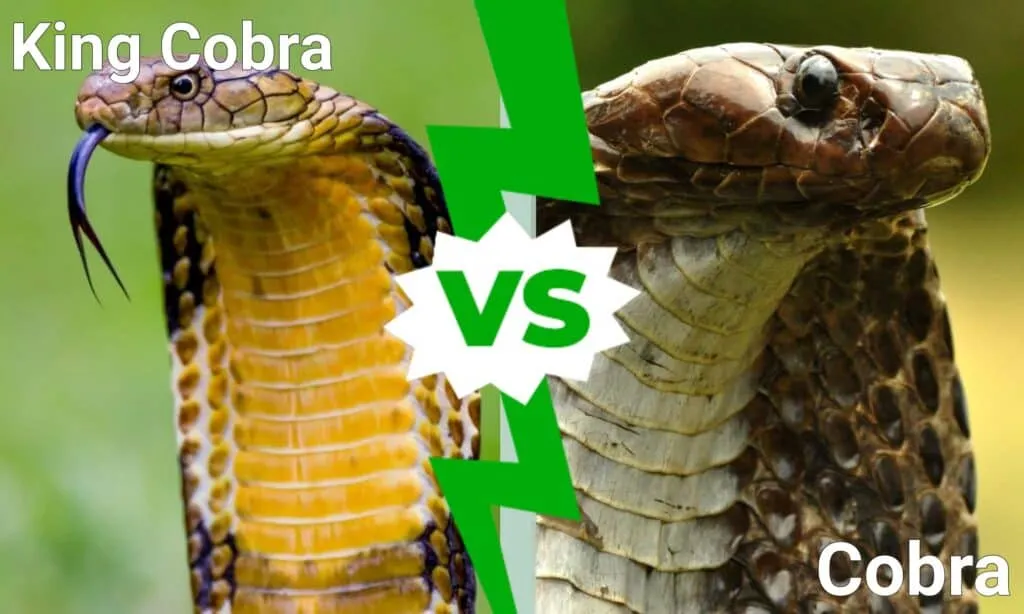
Tarantulas have several defensive mechanisms to protect themselves from predators. One of the most common is the use of urticating hairs, which they can flick off their abdomen towards a threat. These hairs are irritating to the skin and can cause severe discomfort to potential attackers. Tarantulas also possess fangs, which they can use to bite and inject venom. They can also adopt defensive postures, such as raising their front legs and displaying their fangs to deter predators. Some species have bright coloration, which serves as a warning signal, indicating their venomous nature. These defensive strategies play an essential role in the survival of tarantulas, helping them to ward off attacks.
The Battleground Habitat and Environment
The location of a king cobra versus tarantula encounter would significantly influence the outcome. Assuming a hypothetical meeting, the environment could range from a tropical rainforest to a rocky, arid region. The presence of dense vegetation would favor the king cobra, providing cover and concealment. Open areas might give the tarantula a slight advantage, as it could potentially detect the snake’s approach through vibrations. The terrain could also impact the combat dynamics. A rocky environment might offer the tarantula opportunities to hide and strike from cover, while a clear, open space would favor the more mobile king cobra. The suitability of the battleground adds another layer of complexity to this ultimate showdown.
Factors Influencing the Outcome
Several factors would come into play in this hypothetical encounter. The size and health of each animal would be crucial. A larger, more robust king cobra would have a distinct advantage, as would a tarantula with well-developed fangs and potent venom. The experience of each animal, including its hunting and defensive skills, would also be critical. The king cobra’s venom potency and delivery accuracy would be pivotal, as would the tarantula’s ability to use its urticating hairs or bite. The environment would influence the combat. The element of surprise could also play a significant role; an unexpected strike might provide an early advantage to either combatant. The interplay of these factors would determine the ultimate outcome of this confrontation.
King Cobra’s Advantages

The king cobra possesses several advantages in this battle. Its size and strength are its primary assets. The king cobra’s potent neurotoxic venom is another significant advantage, capable of quickly incapacitating its prey. Its ability to move swiftly and strike with precision would be a considerable threat to the tarantula. The king cobra is also adapted to hunting other snakes, giving it experience in dealing with formidable opponents. Its aggressive nature would allow it to pursue and engage the tarantula with lethal intent. The king cobra’s combination of size, venom, and hunting skills gives it a significant edge.
Tarantula’s Advantages
The tarantula also has its own set of advantages. Its powerful fangs and venom, while not as potent as the king cobra’s, could cause significant pain and potentially impede the snake. Its urticating hairs provide a defensive barrier, irritating the snake and potentially distracting it. The tarantula’s ability to hide, ambush, and strike quickly could allow it to take the offensive or evade an attack. In a confined space, the tarantula’s agility might give it an advantage. The tarantula has developed strategies for survival that may come into play during this unusual encounter.
The Clash A Detailed Scenario
Imagine a scenario where a king cobra stumbles upon a tarantula’s burrow or hunting ground. The cobra, upon detecting the tarantula’s presence, would likely approach cautiously, using its senses to assess the situation. The tarantula, aware of the predator, might adopt a defensive posture, raising its front legs and displaying its fangs. The cobra would attempt to strike, aiming for a quick, precise bite to deliver its venom. The tarantula might attempt to use its urticating hairs, flicking them towards the cobra’s face to disrupt the attack. The clash would be a fast-paced struggle, with both animals employing their unique strengths and defensive capabilities. This scenario presents a grim, yet fascinating, display of nature’s raw power.
Analyzing the Battle
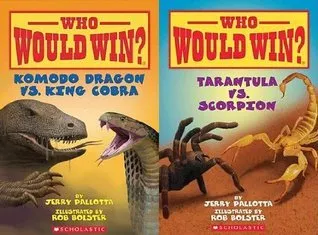
Analyzing the battle’s outcome, the king cobra would likely have a significant advantage due to its size, venom, and hunting skills. The king cobra’s venom, designed to paralyze and kill its prey, would be highly effective against the tarantula. The tarantula’s defense mechanisms might offer some protection, but they are unlikely to overcome the cobra’s venom. The king cobra’s agility and ability to strike with precision would make it difficult for the tarantula to effectively defend itself. The cobra’s strong build and experience in hunting, along with its superior venom, would likely lead to its victory.
Who Emerges Victorious?
In a head-to-head battle between a king cobra and a tarantula, the king cobra is the more likely victor. The cobra’s size, venom, and hunting prowess give it a clear advantage. While the tarantula may inflict some damage, its defenses are unlikely to withstand the cobra’s venom. The king cobra’s ability to quickly incapacitate its prey would ultimately decide the outcome, making the king cobra the probable winner in this hypothetical encounter. The king cobra’s adaptations make it a top predator in its environment, giving it an edge in most confrontations.
The Aftermath Ecological Impact
In a scenario where the king cobra triumphs, there could be impacts on the local ecosystem. The elimination of a tarantula would affect the immediate food chain, as prey numbers and population levels for other spiders could be impacted. The king cobra, as a top predator, plays a crucial role in its environment, helping to control the populations of other species. If the king cobra itself were to be affected, it could have cascading effects throughout the ecosystem, altering the balance of the food web. Understanding the roles these animals play sheds light on the intricate web of life.
King Cobra vs Tarantula Conclusion
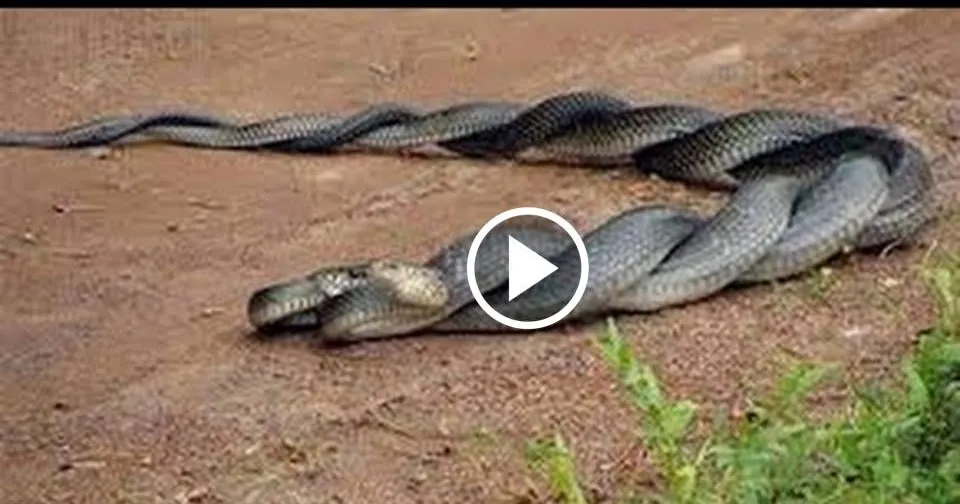
The battle between a king cobra and a tarantula is a fascinating thought experiment, showcasing the raw power and adaptability of nature. While the tarantula is a formidable predator, the king cobra’s superior size, venom, and hunting skills make it the likely victor. This hypothetical encounter underscores the importance of understanding the unique adaptations and ecological roles of different species. These apex predators, in their respective ecosystems, represent the pinnacle of evolution. It’s a reminder of the constant struggle for survival, where every advantage matters, and the outcome is always a matter of life and death.
